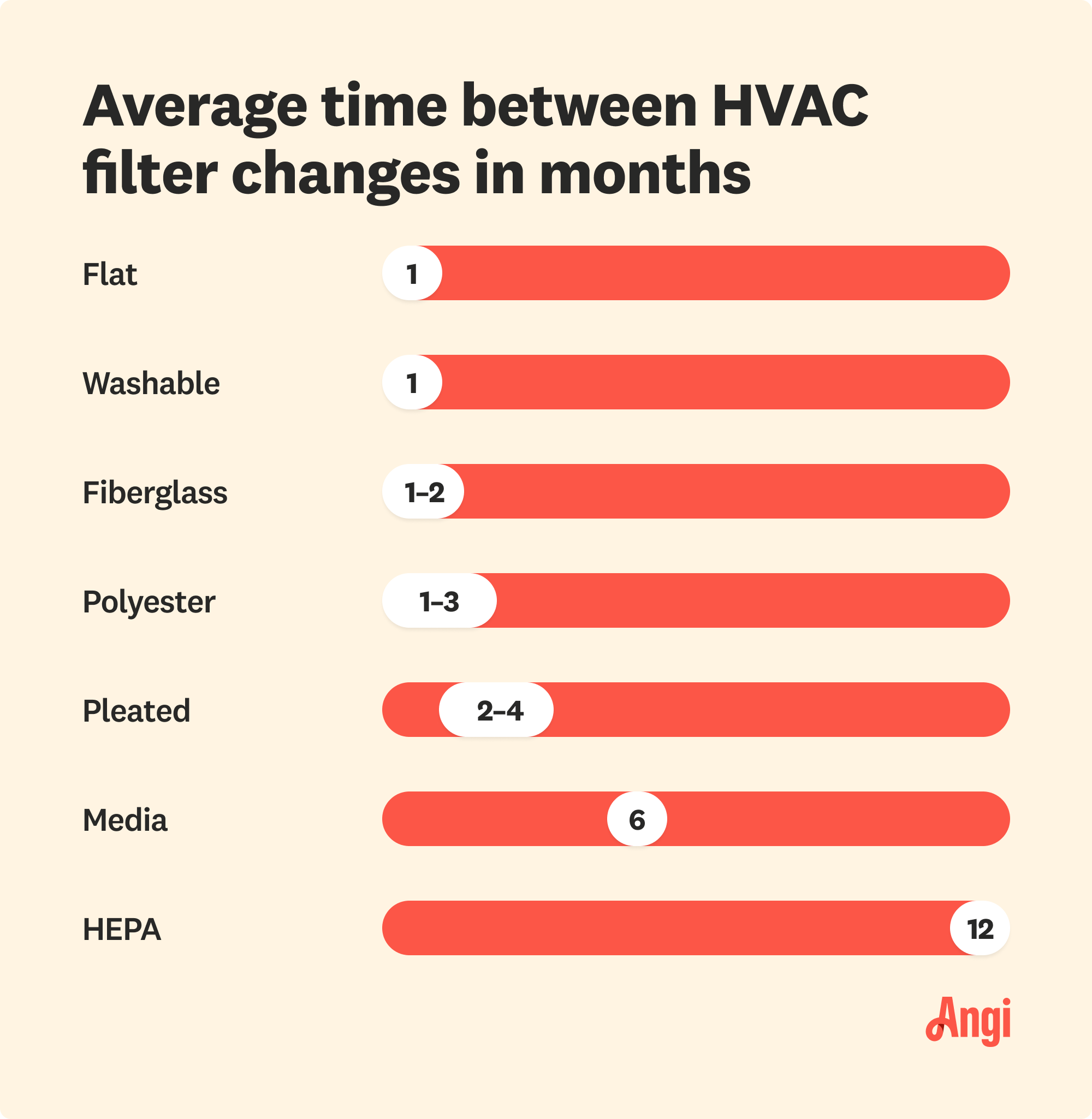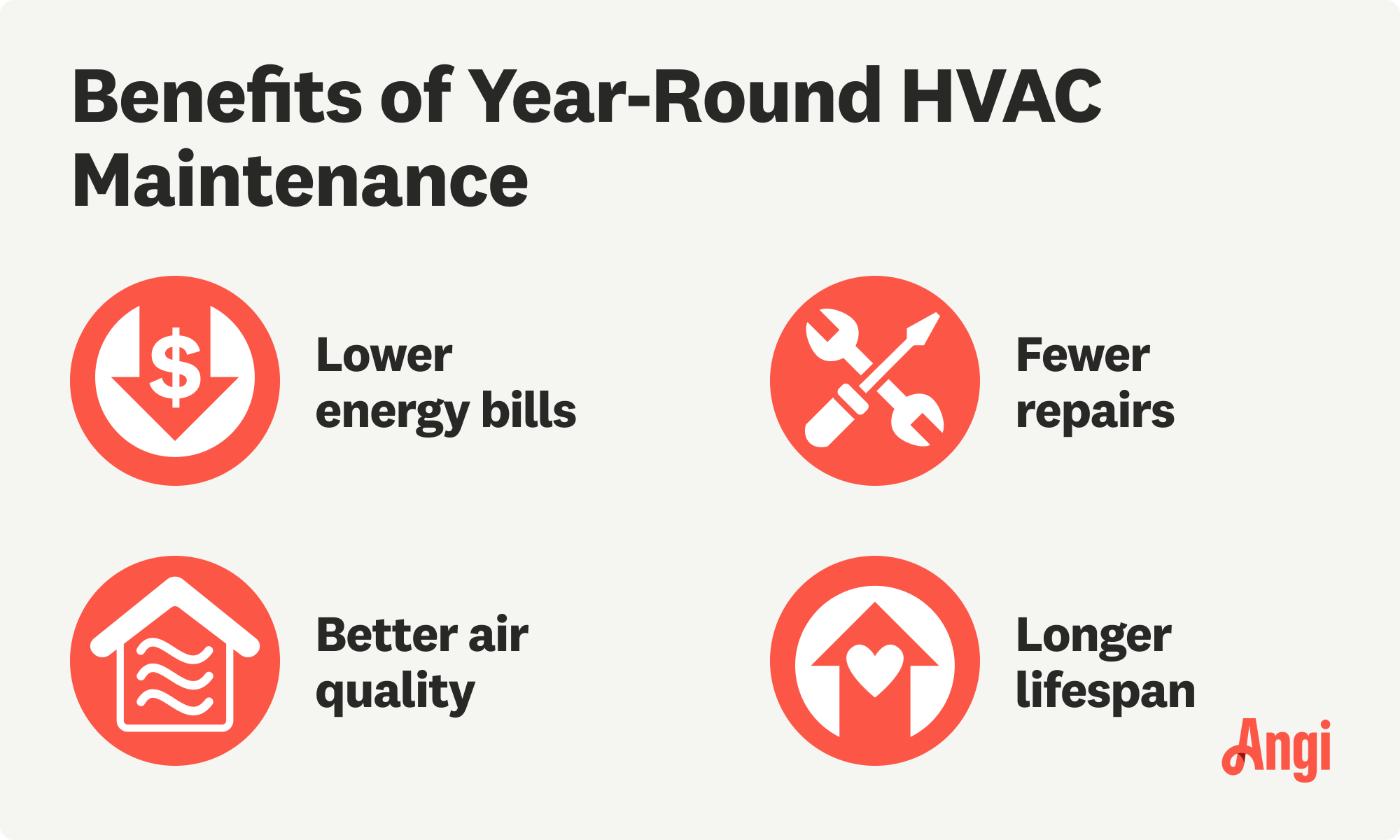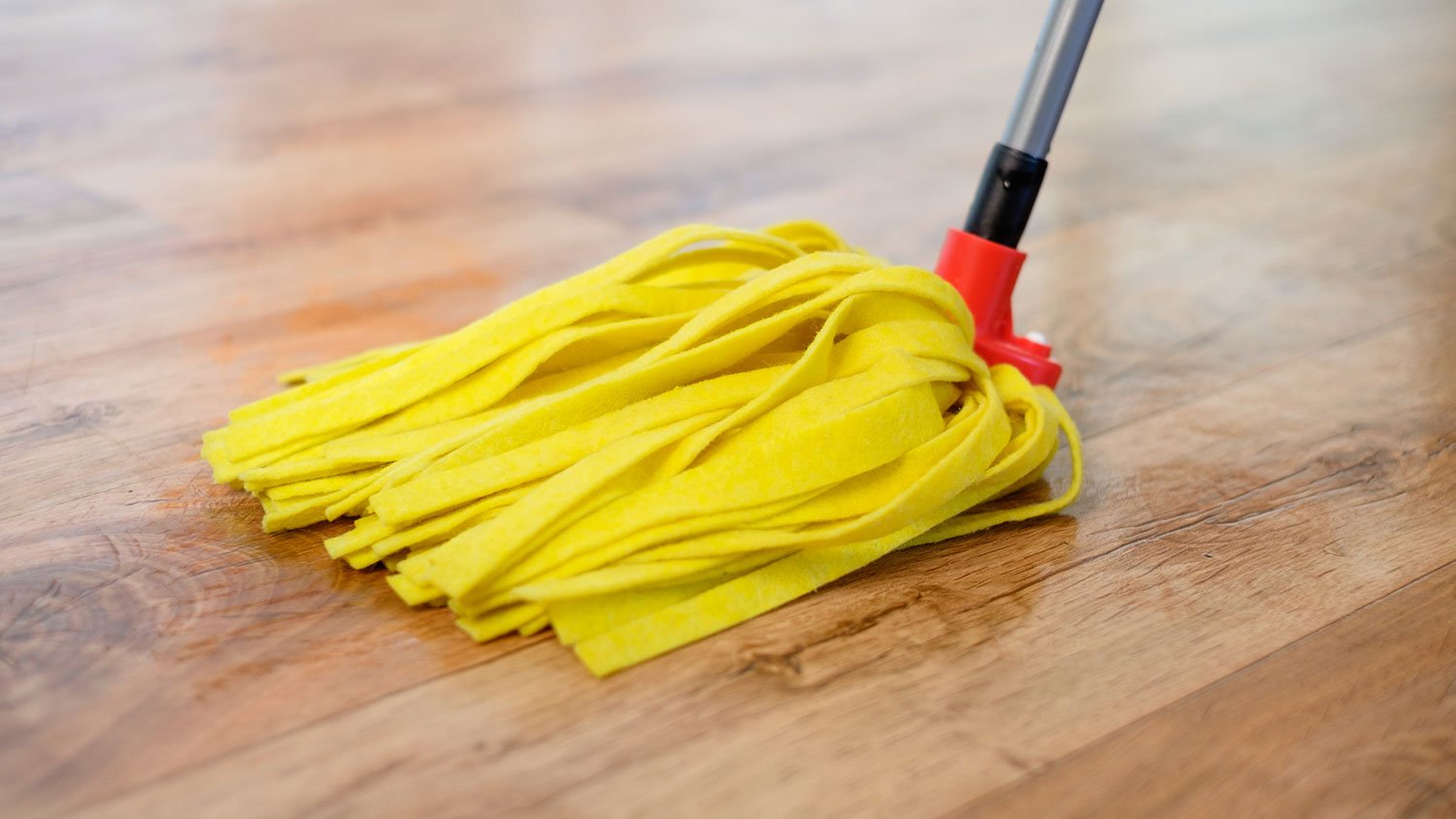
Furnace cleaning is an essential annual chore to keep your home safe. Find out common furnace cleaning costs by type and size of furnace with this guide.
Summer showers belong outside your home, not in your living room


While you can clean your AC drain line yourself, getting a tune-up from a certified local HVAC technician for $70 to $175 ensures the system is cleared safely and thoroughly.
Addressing AC condensation often involves electrical wiring, refrigerant lines, and drainage components, which can be dangerous without professional training.
A pro can quickly identify whether a clogged line, broken condensate pump, or low refrigerant is to blame, and prevent future leaks.
DIY fixes that overlook the root cause can lead to mold growth and system damage that costs far more to repair later.
If you spot excess condensation on your indoor AC unit, that’s a surefire sign of an issue with the system.
We've all gotten too close to a tall building on a summer day and experienced the drip of an air conditioner on our heads. While it's perfectly common outside, condensation on the AC inside your home is often a sign of an underlying problem. Whether you spot your AC vent leaking, notice an overflowing drip pan, or need to stop potential water damage, it's best to hire an AC installer to fix the problem as soon as possible.
Take a moment to understand the condensate parts of your AC and how they work together to keep you cool. Your AC system pulls warm air into the machine, sends it over the evaporator coil, cools it, and then sends it back into your home. Like a glass of iced tea on a summer day, condensation on your AC forms when the warm air cools down and releases moisture.
So, where does this moisture go? In a functional AC, condensation drips into a pan and through a drain line. If your AC sits on the lowest level of your home, such as in the basement, you may also need a condensate pump to send the water outside. Consult a professional AC installer to get to the bottom of your condensation problem.
A clogged AC drain can cause your condensation to overflow. The issue is quite common and often an easy fix. A condensate drain and drain line carry the water from the drain pan to the outdoors. However, the line can fill with dust, dirt, mildew, and pet hair over time. For between $70 and $175, an HVAC tech can flush the clogged lines during your annual AC tune-up.

Cleaning and changing the AC filter is one of our main responsibilities when it comes to taking care of our HVAC systems. However, what happens when an air filter gets too dirty—or how it can lead to condensation on an AC—isn’t always common knowledge.
A dirty filter can inhibit the airflow and cause your evaporator coil to freeze. When this happens, the ice on the coil will melt and overflow the drip pan.
The pan that catches all of the condensation dripping from the evaporator coil can also crack or warp. If water builds up in the pan before the winter, the pan can crack when the water freezes. An older system that uses metal drip pans can also corrode and rust over time, leading to leaks and cracks. And if the drip pan falls off-kilter, you may end up with water pooling in the wrong area and not going down the condensate drain.
It's important to note that an AC refrigerant leak differs from simple condensation, though the two are often connected. If your AC refrigerant line cracks, you'll start to lose the chemical that cools your evaporator coil. We commonly call this chemical Freon, but the original R-22 refrigerant is no longer produced or imported into the U.S. In this case, you will need to work with a licensed HVAC professional to diagnose and handle refrigerant issues.
Air conditioners depend on gravity to direct condensation down and out of your system. If your AC sits in a basement, you'll need a condensate pump to remove the water. A broken condensate pump will result in condensation spilling around your system. If you spot puddles or experience cooling issues with your basement AC, the pump could be the problem.
Staying cool during a heat wave is always a top priority, but too much condensation can lead to long-term headaches as well. Here's why it's important to address excessive condensation from your air conditioning right away.
Even the slow drip of water from your air conditioner can lead to mold, mildew, wood rot, and corrosion. It can make your paint peel, ruin drywall, and eventually cause structural damage. On top of this, water damage restoration can cost between $4 and $7 per square foot, though this depends on the location of the damage. Drywall repair, for example, can cost between $300 and $800, while mold restoration costs an average of $3,200.
Much like a car, ignoring or missing an issue with your HVAC will only lead to more problems down the line. The average cost of AC repairs ranges from $100 to $600, but you'll pay more to replace additional parts if the condensation leads to corrosion. For example, cleaning your filter is an easy and cost-effective fix, but skipping this step can lead to needing a new evaporator coil, a part that can cost between $400 and $1,500.
A great air conditioning system manages your home’s temperature and moisture levels. When checking your home's humidity, it's best to stay under 60% to avoid mold, mildew, and general discomfort. Condensation on your AC is a sign that it's not keeping up with its job of lowering humidity, leading to a sticky summer afternoon even when you're sitting next to the AC.

We often consider air conditioners to be out of sight and out of mind until something goes wrong. If you look out for condensation issues on a regular basis, you could avoid serious AC damage in the middle of a hot summer day.
Air conditioner condensation line leaks frequently go unnoticed because they are inside walls and located in low-traffic areas. Unfortunately, the combination of high humidity and dark spaces around those lines can also make them prone to mold growth. As the mold grows, the HVAC system blows it throughout the home.
If your air conditioner is in an attic, you might notice watermarks on the ceiling or down a wall. In the basement, you might notice a damp carpet, a wet spot on the floor, or a mildew smell.
If you see any of these signs, it’s time to call in a local air conditioning repair pro to address the issue.
The most important thing you can do is to check your air conditioner regularly, as even a slight sign of condensation is a sign you may have a problem. A good rule of thumb is to check it every time you change your HVAC air filter, which should be about every month.
First, check the AC condensation line for moisture. Then, in the months when your AC is running, make sure you see water flowing to the drain. The amount of water you see will depend on the humidity level in the house. An annual AC tune-up can also catch problems and help extend the life of your unit.
Every three to six months, clean your AC line. If you have a wet-dry vacuum, you can clean the line fairly easily. Turn off your AC unit first and remove the drain pipe’s cap. Then, secure the nozzle of the wet-dry vacuum onto the end of the drain line using tape. Run the vacuum and then check the line to see if you have cleared the debris.
This step should be implemented along with regular maintenance from a pro. If you’re not into DIY cleaning, you can call an HVAC service company to take care of any intermittent cleanings too. Ideally, a pro would check your AC each spring.
AC condensation lines should run straight with a drop of 1/8-inch for every 12 inches of length for the minimum pitch. If it has any 90-degree angle elbow connections, consider replacing them with 45-degree elbow connections to ease the flow. An HVAC pro can address any of these concerns for you.
An HVAC servicing company can install safety switches that will turn off the unit if too much water pools up in the pan or backs up in the condensation line. This step could save you from extensive damage. If you have a switch installed, check it regularly and when addressing any issues with your AC unit.

If you do notice a water leak from your AC, it’s time to take action rather than prevention. First, get to work mopping it up and identifying the cause. Mold can grow within 48 hours, and once it takes over, mold is tough to contain. It can also lead to allergic reactions and damage your carpet and floorboards.
So if you see water dripping from your AC line:
Contain as much as you can in a pan or bucket.
Use towels to mop up.
Use a wet vacuum to pull water from the carpet or furniture.
Set up fans and dehumidifiers or open windows to speed the drying process.
After addressing it yourself, it’s wise to call in a water damage restoration specialist near you who can help to ensure the damage is contained and repaired.
From average costs to expert advice, get all the answers you need to get your job done.

Furnace cleaning is an essential annual chore to keep your home safe. Find out common furnace cleaning costs by type and size of furnace with this guide.

A faulty evaporator coil is a common cause of AC failure. But how much does an evaporator coil replacement cost? We explore the factors here.

Whole-house humidifier costs vary based on the type and size of the unit, along with other factors. The price might be worth it for people living in dry regions.

Ductwork losing energy? Here are six duct sealing methods that will help you get some big savings on your monthly energy bills.

Discover the benefits of a DIY outdoor wood furnace forced-air system. Cut costs, reduce fire risk, and embrace renewable heat for your home.

An HVAC zoning system makes your home more comfortable. Learn about installing a zone system, including HVAC zoning system costs and considerations.